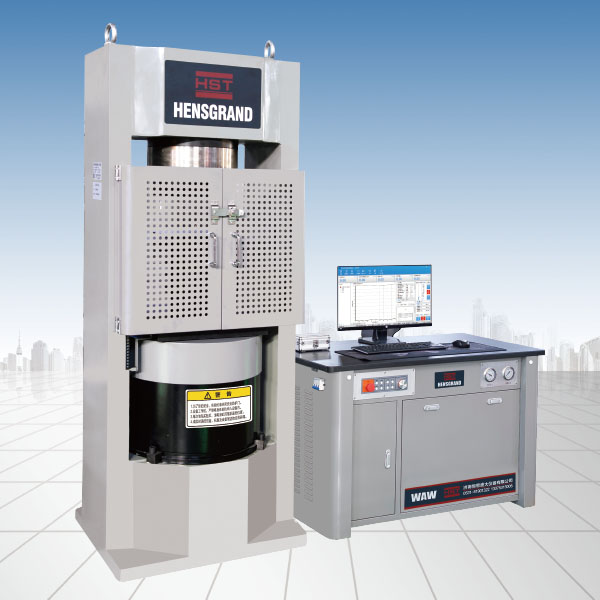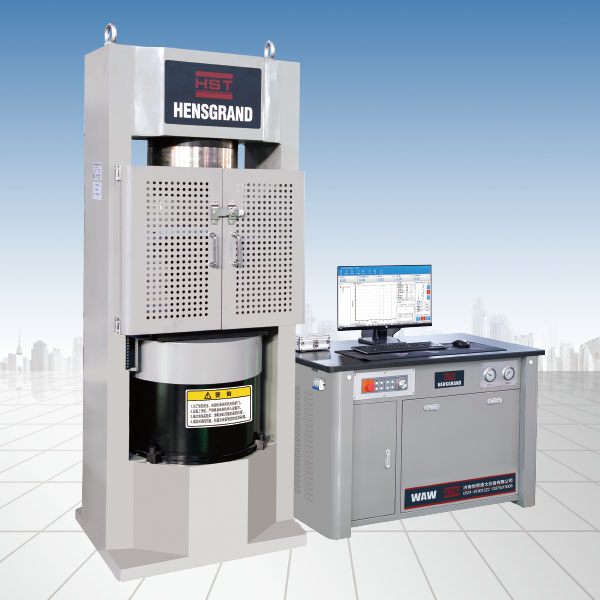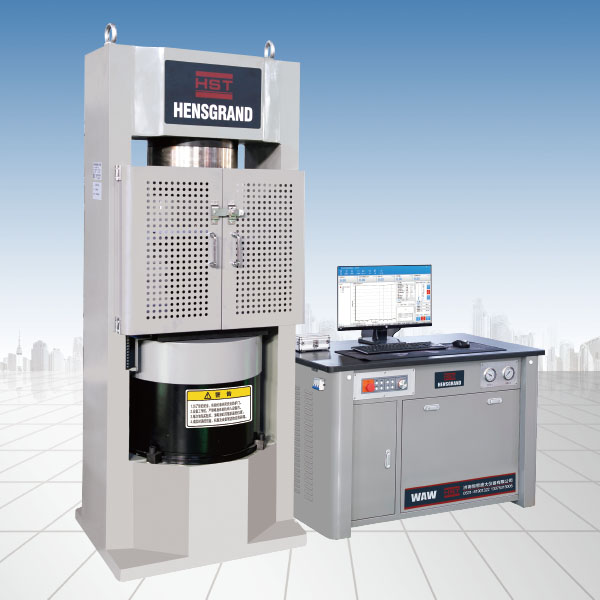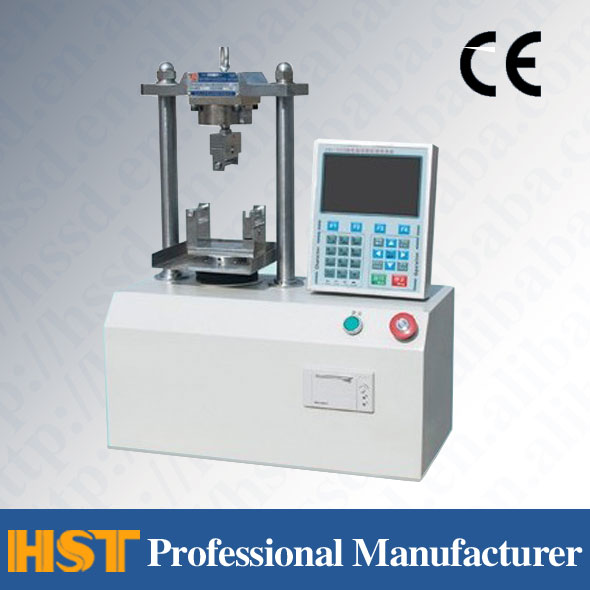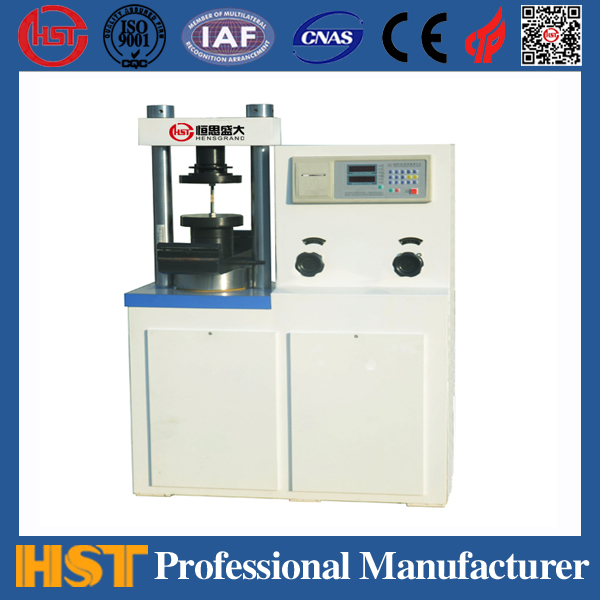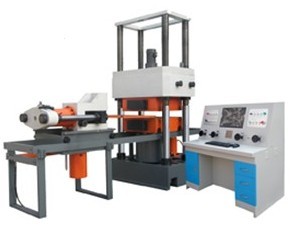Company News
15 Factors Influencing Tension Testing Machine Testing
Release time:2018-11-23 source:Jinan Hengsi Shanda Instrument Co., Ltd. Browse:
Tension testerIt is a testing equipment mainly used for tensile compression tests of materials, but unexpected factors often affect the test results when performing tensile tests. The following is a summary of the impact our company's technicians can suffer during tensile tests.
1. The accuracy and bias of tensile test strength and ductility measurement depends on whether the designated experimental methods can be strictly adhered to and is affected by equipment and data elements, sample preparation and experiments, and measurement errors.
2. Equipment elements that can affect the consequences of the experiment include: the rigidity of the tensile experimental machine, shock absorption ability, inherent frequency and component of the moving parts; the accuracy of the force pointer and the application of internal forces of the experimental machine; the appropriate acceleration speed, the use of appropriate forces to center the sample, the parallelism of the fixture, the clamping force, the size of the control force, the compatibility and calibration of the extensometer, the loss of heat (through fixture, the extensometer or auxiliary installation), etc.
3. The data elements that can affect the experimental consequences include: representativeness and averageness of the experimental data, sample type, sample preparation (external brightness, dimensional accuracy, transition arc at the end of the gauge distance, taper inside the gauge distance, bending specimens, thread mass, etc.).
4. The measurement errors that affect the experimental consequences include: calibration of experimental forces, extensometers, micrometers, gauges and other measurement installations, diagrams record installation adjustments and zeroing, etc.
5. Samples taken from parts of the component or component, such as epitaxial or riser, may be self-produced casts (eg, ridge-shaped test blocks) that do not have representative parts or components.
6. Regarding forged, rolled, forged or other non-processed surface morphology samples, the experimental consequences can be affected by appearance characteristics (see Note 14).
7. Some data are very sensitive to the brightness of the sample surface (see Note 8). It must be ground to the fantasy brightness, or polished to obtain accurate consequences.
8.Tension testerThe size of the sample can affect the experimental consequences. Regarding cylindrical or rectangular specimens, changing the specimen size generally has little impact on yield strength and tensile strength, but if there is a change, it can affect the yield strength, elongation and cross-section shortening.
9. Having an agreed 1% taper within the gauge distance can cause a decrease in elongation value. A taper of 1% will reduce elongation by 15%.
10. Adhere to the fixed small value of L0/(A0)1/2r ratio, but the impact is not great. Since adding the size of the scale sample in Figure 8, it is possible to find that elongation and area shortening are added or reduced, depending on the data and experimental premises.
11. Samples with a smaller L0/(A0)1/2 ratio will generally achieve a larger elongation and cross-sectional shortening rate. For example, after the width or thickness of the rectangular tensile sample is added, the situation is like this.
12. Using flattening tube products for experiments can change the characteristics of the data. In the mortal world, the unevenness in the flattened area can affect the experimental consequences.
13. The consensus on the re-test of the same data depends on the averageness of the data, the repetition of sample preparation, the experimental premise and the determination of tensile experimental parameters.
14. Fragility data requires careful preparation of samples, high-quality external brightness, large transition arcs at the end of the gauge, and local large-size threads. Deep dots or scratches are not allowed to be used as gauge marks.
15. Changes in strain speed can affect the yield strength, tensile strength and elongation values, especially information about high sensitivity and rationality in strain speed. The yield strength and tensile strength in the mortal world will be added with the addition of strain speed. Although the impact on tensile strength is not obvious, the elongation value generally decreases with the addition of strain speed.
More related technical articles for testing machines are available at:Impact testing machineThe impact of
Label:Universal testing machine,Hydraulic universal testing machine,Tension tester,ImpactTesting machine, twisting test machine, Material Testing Machine
Recommended productsPRODUCTS


















